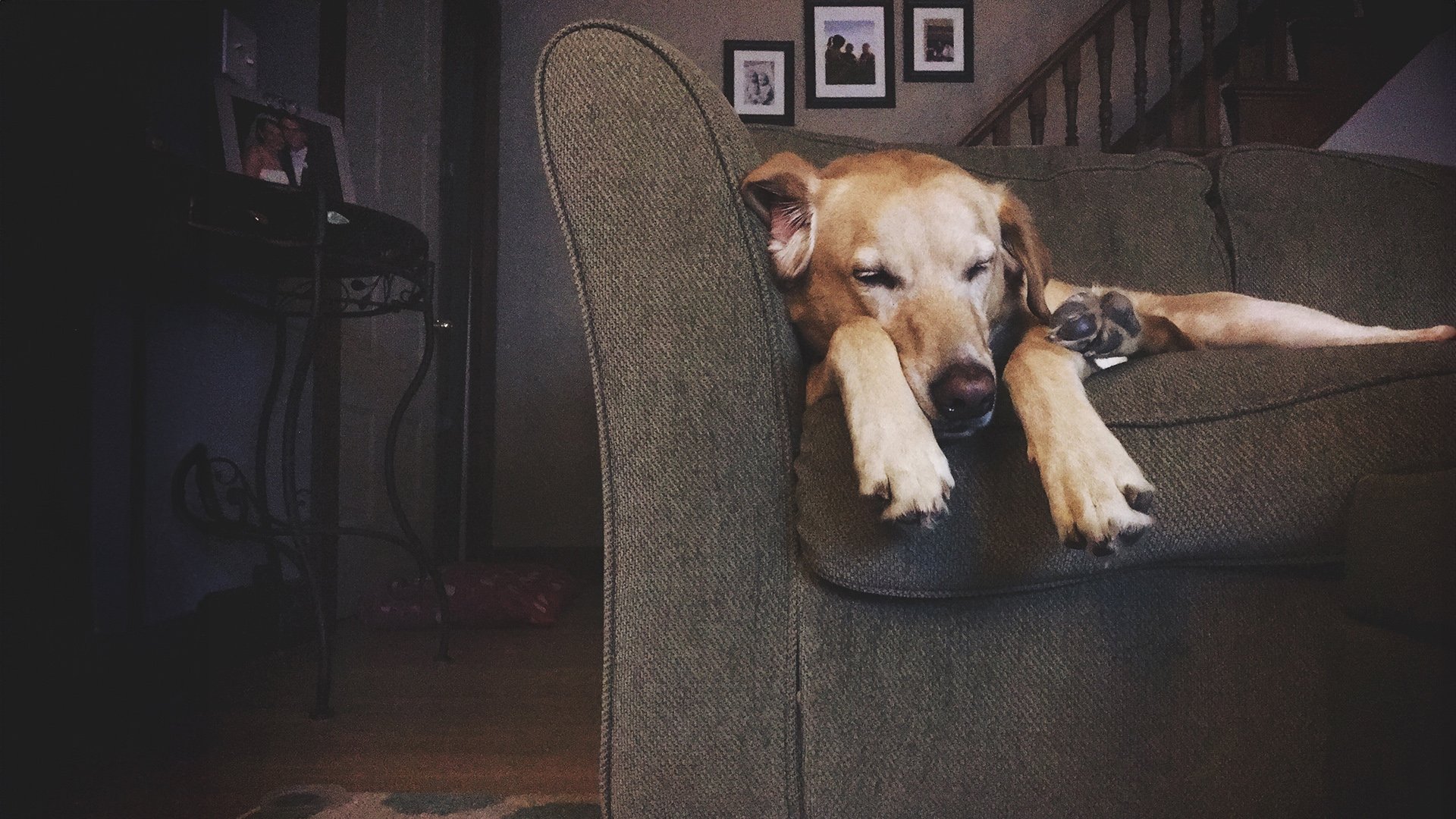
Identity Guidelines
October 2024

The Fielder identity system is comprised of:
The Logo
The LogoType
The LogoMark
The identity system must be used on all corporate stationery items: letterhead, envelopes, business cards, and communications materials.
Download Printable Guidelines Here
A printable version of these online guidelines is available below.

Area of Isolation
To create maximum impact, the space around the logo should be free from other text and graphics. The area of isolation is the designated clear space around the logo no matter what size the logo is placed. When placing the logo on any material, the area of isolation must be accommodated. The guides represent this safety area.
In any of the versions of the logo, the area of isolation is based on X, which is the half the height of the logo mark, or when using the logotype alone, utilize the cap height of the E.

Color
Color Application
The distinctive elements of The Fielder Apartments identity is further distinguished by its color. Color plays a significant part in shaping The Fielder brand. The color palette consists of four primary colors, a dark blue, a light blue, a dark grey and a light grey. The preferred reproduction is in matching inks. Swatches should be used for visual match in offset printing and other reflective reproduction techniques. Use the full color treatment of the logo on fields of cream whenever possible, as this maximizes the impact of the brand and more effectively supports brand recognition.
A two color logo may be used in instances where Pantone colors are required and the budget is limited.
Where it is not possible to use the full color treatment of the logo, the one-color presentations of the logo on fields of white are permitted. The black-and-white logo is used for applications that do not warrant the expense of color reproduction or when convention calls for black-and-white reproduction. In one-color marketing and product literature, the ideal one-color application of the logo is reversed to white, or black.


Color Specifications
Use the full-color treatment of the logo on white whenever possible, as this optimizes the impact of the brand and more effectively supports brand recognition. For maximum visibility, the full-color logo should appear on a white background. It is also very effective when shown in white reversed out of the primary palette.
Electronic & Video
Color created through transmitted light on a monitor or a television screen is composed of three primary colors: red, green and blue (RGB). RGB color is produced electronically, the overall color quality will tend to be more vivid than the printed color.
Please note: electronic color is more subjective than printed color. Temporary changes of light source, reflection from adjacent objects, manufacturer and age of screen all affect the color appearance.

Reverse Treatment
The black & white logo is used for applications that do not warrant the expense of color reproduction or when convention calls for black & white reproduction. For example: instruction manuals, black and white advertising, one color labels, etc.
Usages to Avoid
Never violate the area of isolation.
Never add any marking signatures.
Ensure sufficient contrast for proper identification.
Never distort, recolor, skew or redraw the logo. Never alter the logo variations in any way.
Do not add shadows, glows, or any effect to logo.
Never diagonally rotate or flip the logo.

Typography
Typography
The typographic style relies on a primary typeface of P22 Underground and should primarily be used for headlines, sub-headline applications and pull quotes. This typeface is to be used for corporate applications such as the letterhead system and business cards, form titles, and signage. In addition, digital and print advertising should utilize the same typeface — except for campaigns.
P22 Underground is available for purchase at:
Typographic Hierarchy Demonstration

Photography
What does The Fielder look like?
When taking pictures or selecting images, try to represent what truly sets The Fielder apart.
Our photography represents all facets of our Multifamily community.
Photographs and images should always add meaning to and reinforce the point made. If you cannot easily convey the entire thought with just one picture, use two.
Select photography and images that reflect the diversity of the residents we serve and the role
The Fielder plays in achieving their life goals.
With passion and precision, we create affordable housing and market-rate communities of exceptional quality—places that residents, regardless of income, will feel are among the best places to live.












Logo Downloads
Choosing a File Type
The correct use of The Fielder identity is one responsibility we all share. Reproduction artwork is provided for easy use. Before choosing the file format, confirm the final use of the logo.
Vector Files
Vector files are used for print reproduction and for incorporation into Microsoft software applications (e.g. Word and PowerPoint). Vector files may be scaled up and down within an unlimited specified size range. (EPS, PDF)
Bitmap Image Files
Bitmap files are composed of pixels for use on a display screen. These files are composed in CMYK (cyan, magenta, yellow, black) & RGB (red, green, blue) for use in interactive, video or TV applications. These files should not be enlarged, as a jagged edge will appear. Never use a bitmap file for print reproduction. (JPG, PNG)
Logo Library File Naming
Please refer to this guide for logo file naming.
(CMYK: Process Color, RGB: On-Screen Color, PMS: Pantone Color, REV: Solid White, BW: Solid Black)
The Fielder Logo Library
This collection of logos should be utilized when referring to The Fielder apartments.
























